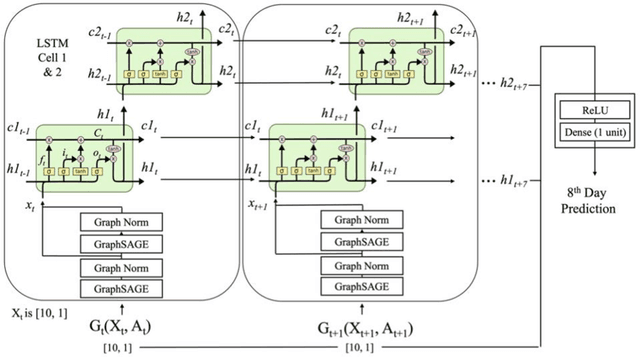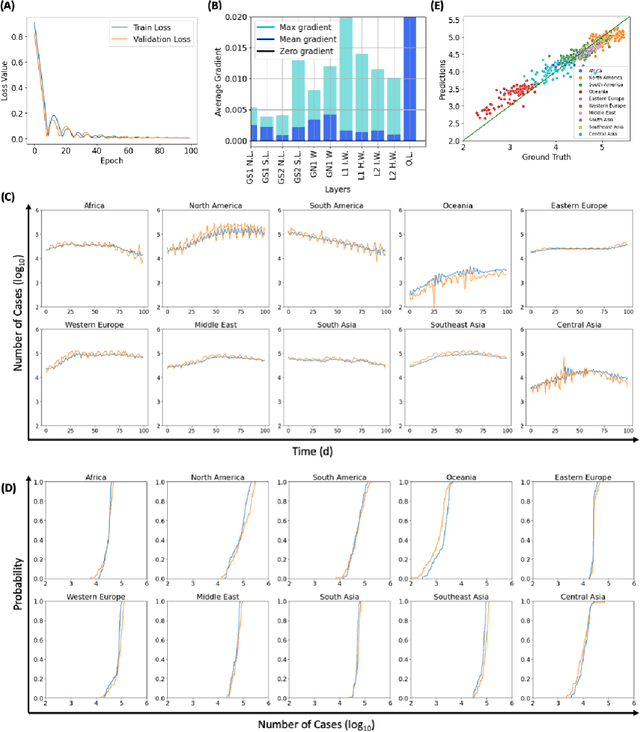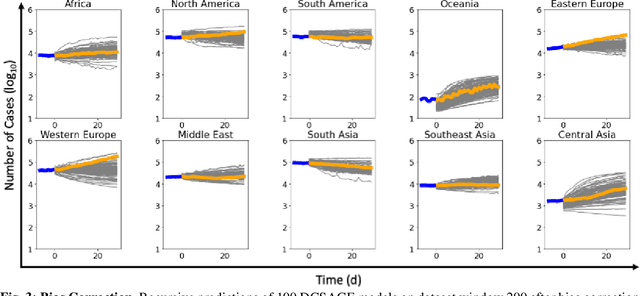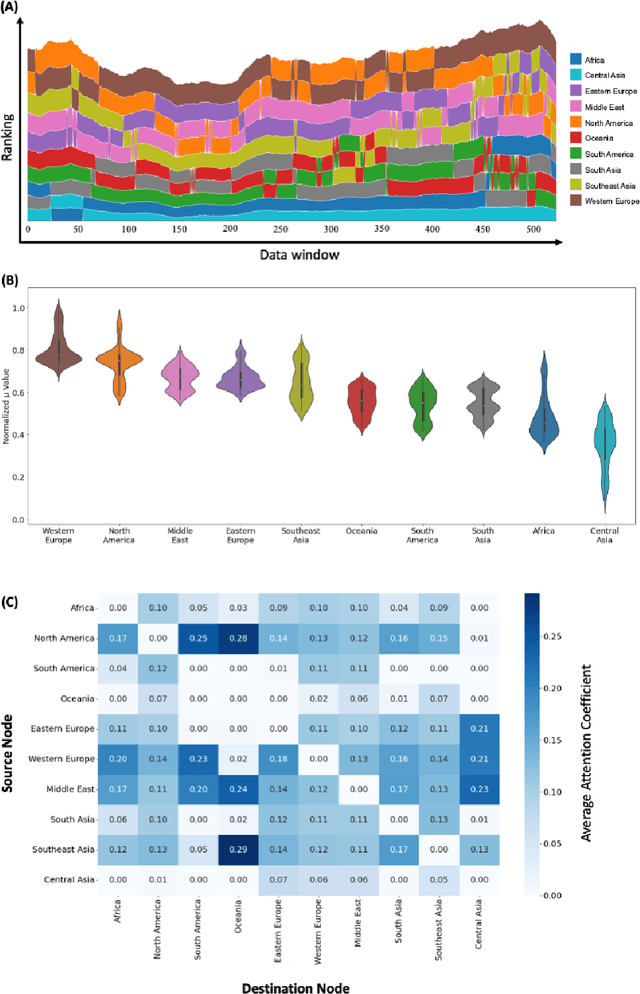Syed Rizvi
Operator Learning Meets Numerical Analysis: Improving Neural Networks through Iterative Methods
Oct 02, 2023Abstract:Deep neural networks, despite their success in numerous applications, often function without established theoretical foundations. In this paper, we bridge this gap by drawing parallels between deep learning and classical numerical analysis. By framing neural networks as operators with fixed points representing desired solutions, we develop a theoretical framework grounded in iterative methods for operator equations. Under defined conditions, we present convergence proofs based on fixed point theory. We demonstrate that popular architectures, such as diffusion models and AlphaFold, inherently employ iterative operator learning. Empirical assessments highlight that performing iterations through network operators improves performance. We also introduce an iterative graph neural network, PIGN, that further demonstrates benefits of iterations. Our work aims to enhance the understanding of deep learning by merging insights from numerical analysis, potentially guiding the design of future networks with clearer theoretical underpinnings and improved performance.
Deep Learning-Derived Optimal Aviation Strategies to Control Pandemics
Oct 12, 2022



Abstract:The COVID-19 pandemic has affected countries across the world, demanding drastic public health policies to mitigate the spread of infection, leading to economic crisis as a collateral damage. In this work, we investigated the impact of human mobility (described via international commercial flights) on COVID-19 infection dynamics at the global scale. For this, we developed a graph neural network-based framework referred to as Dynamic Connectivity GraphSAGE (DCSAGE), which operates over spatiotemporal graphs and is well-suited for dynamically changing adjacency information. To obtain insights on the relative impact of different geographical locations, due to their associated air traffic, on the evolution of the pandemic, we conducted local sensitivity analysis on our model through node perturbation experiments. From our analyses, we identified Western Europe, North America, and Middle East as the leading geographical locations fueling the pandemic, attributed to the enormity of air traffic originating or transiting through these regions. We used these observations to identify tangible air traffic reduction strategies that can have a high impact on controlling the pandemic, with minimal interference to human mobility. Our work provides a robust deep learning-based tool to study global pandemics and is of key relevance to policy makers to take informed decisions regarding air traffic restrictions during future outbreaks.
 Add to Chrome
Add to Chrome Add to Firefox
Add to Firefox Add to Edge
Add to Edge